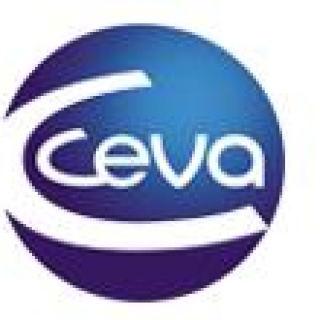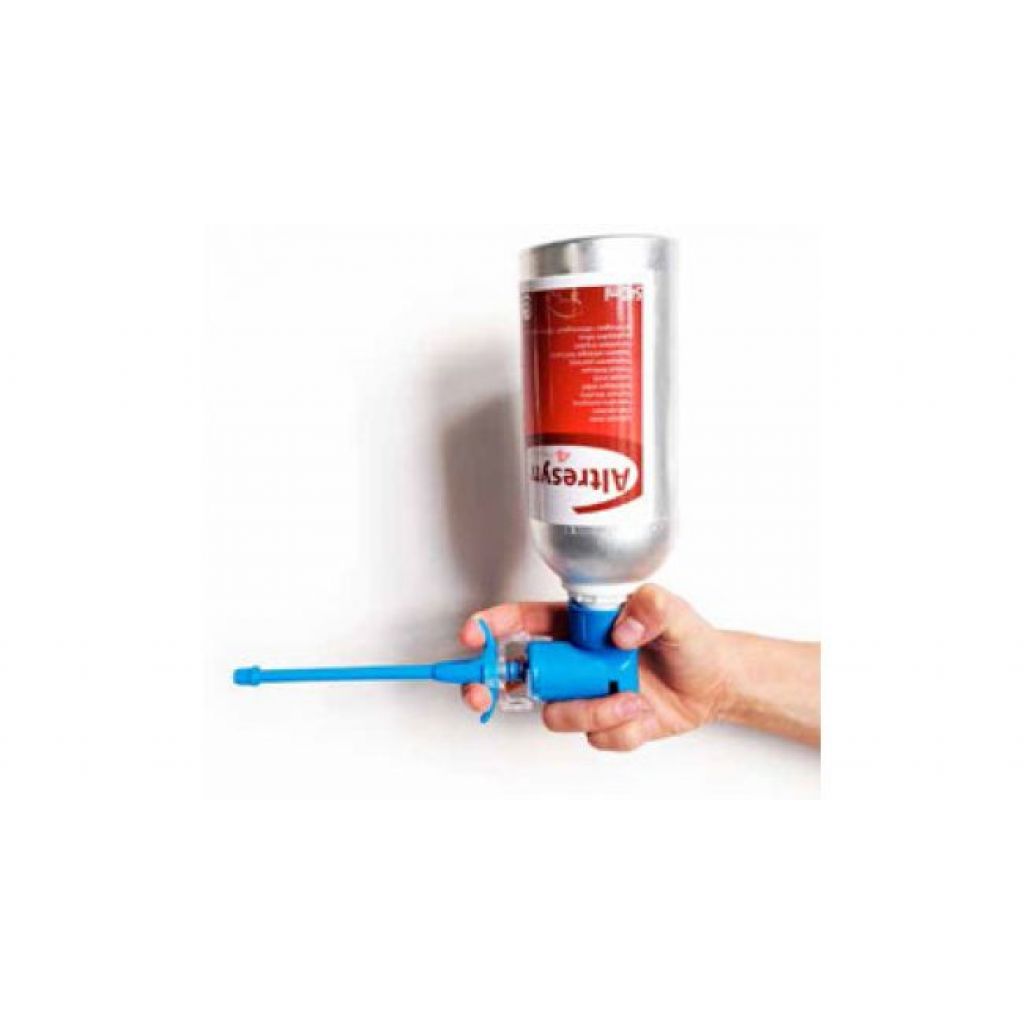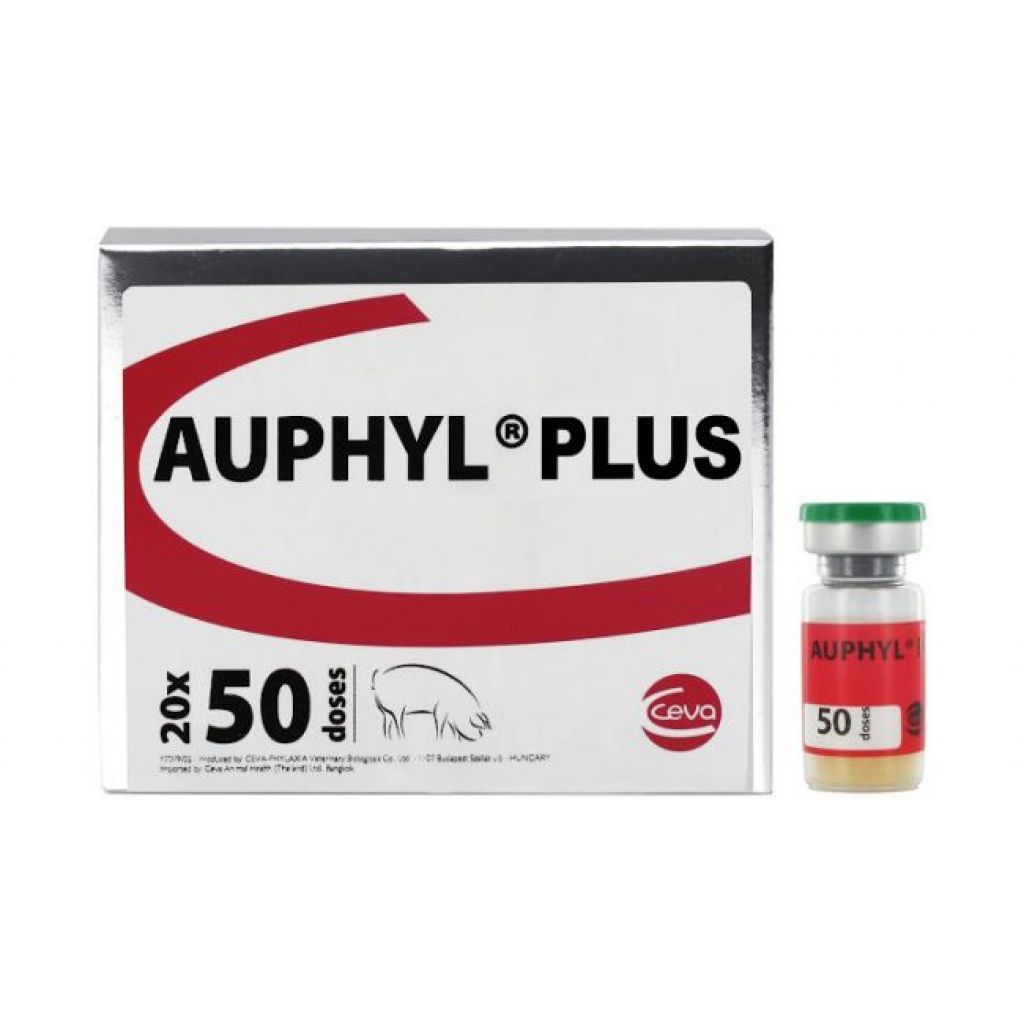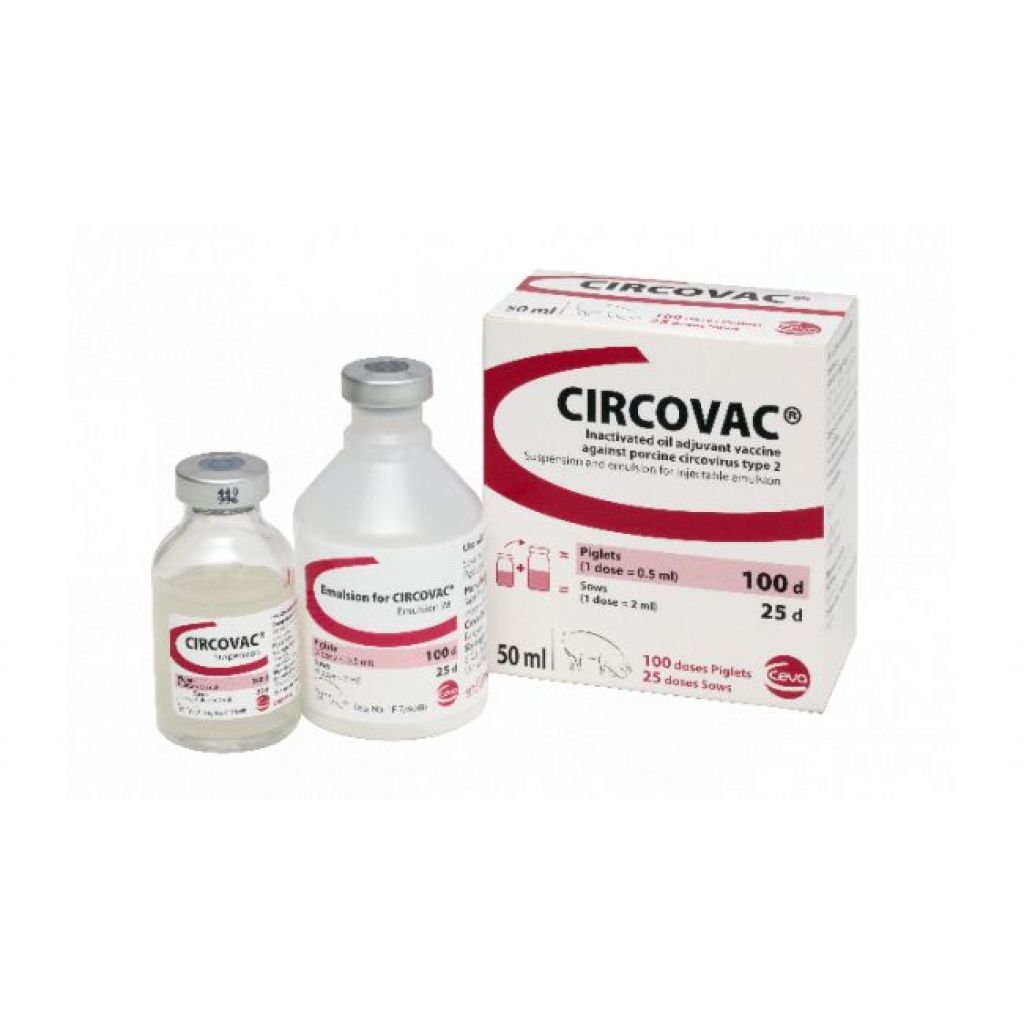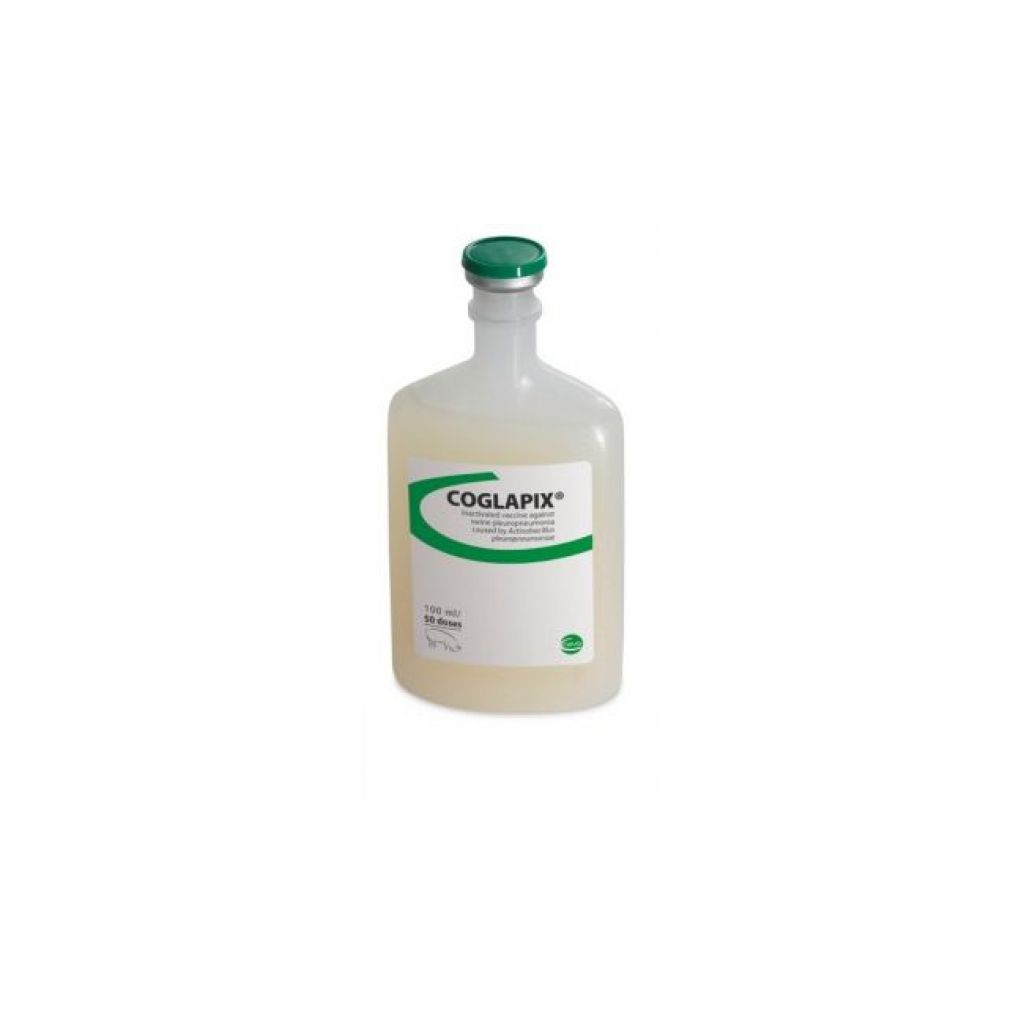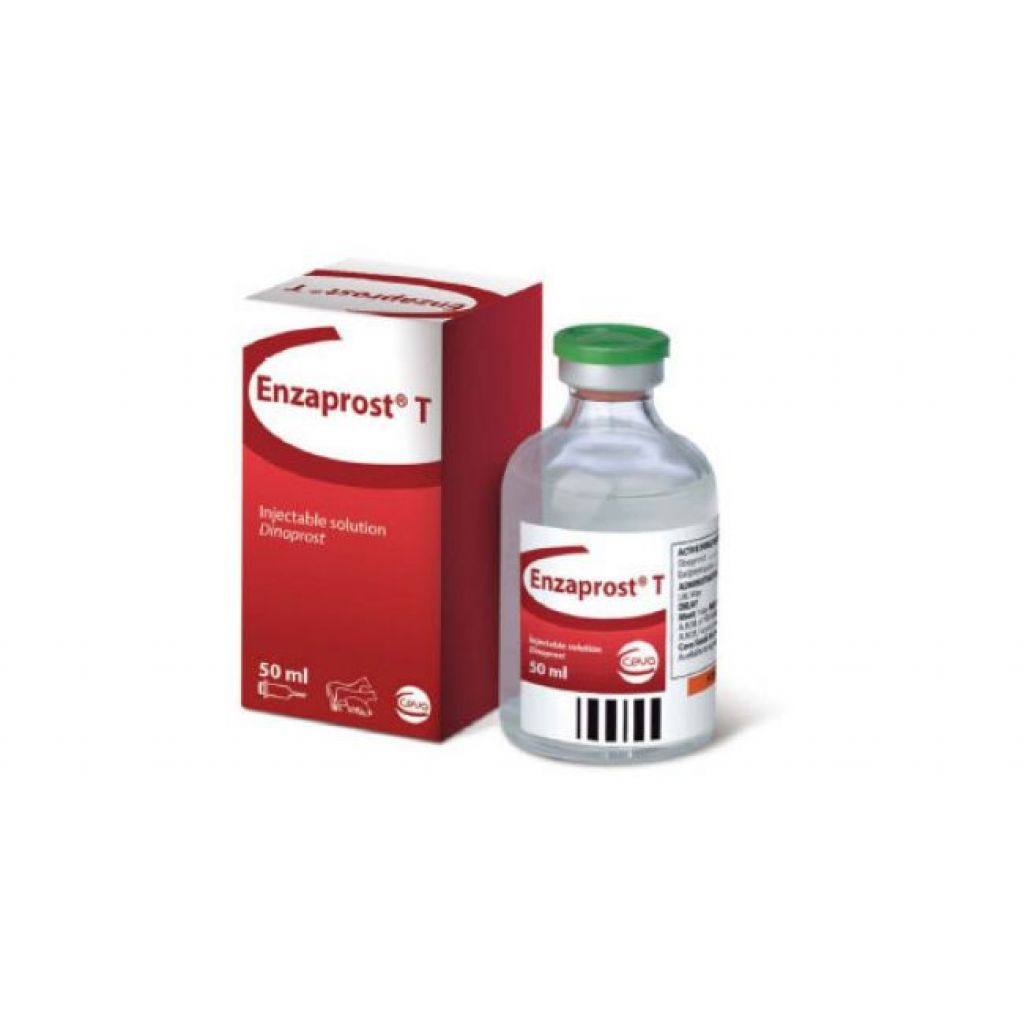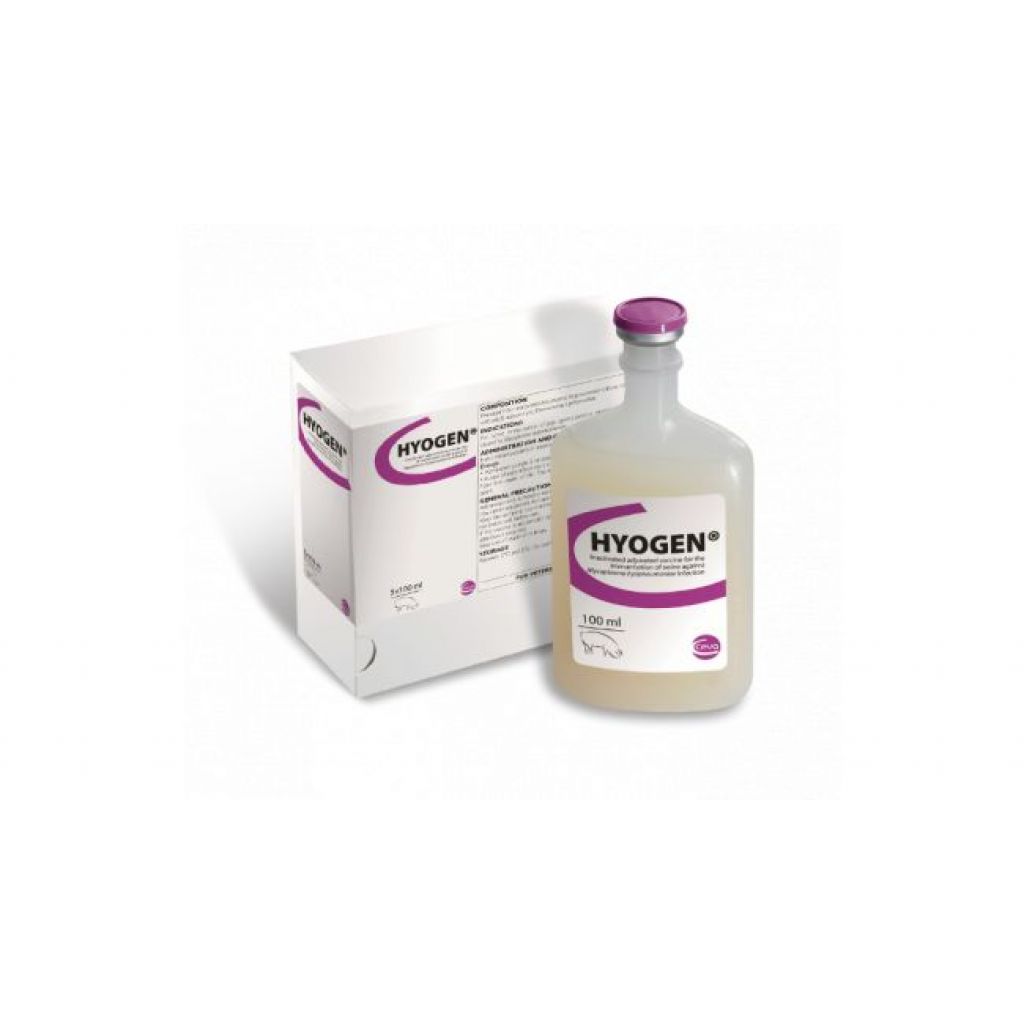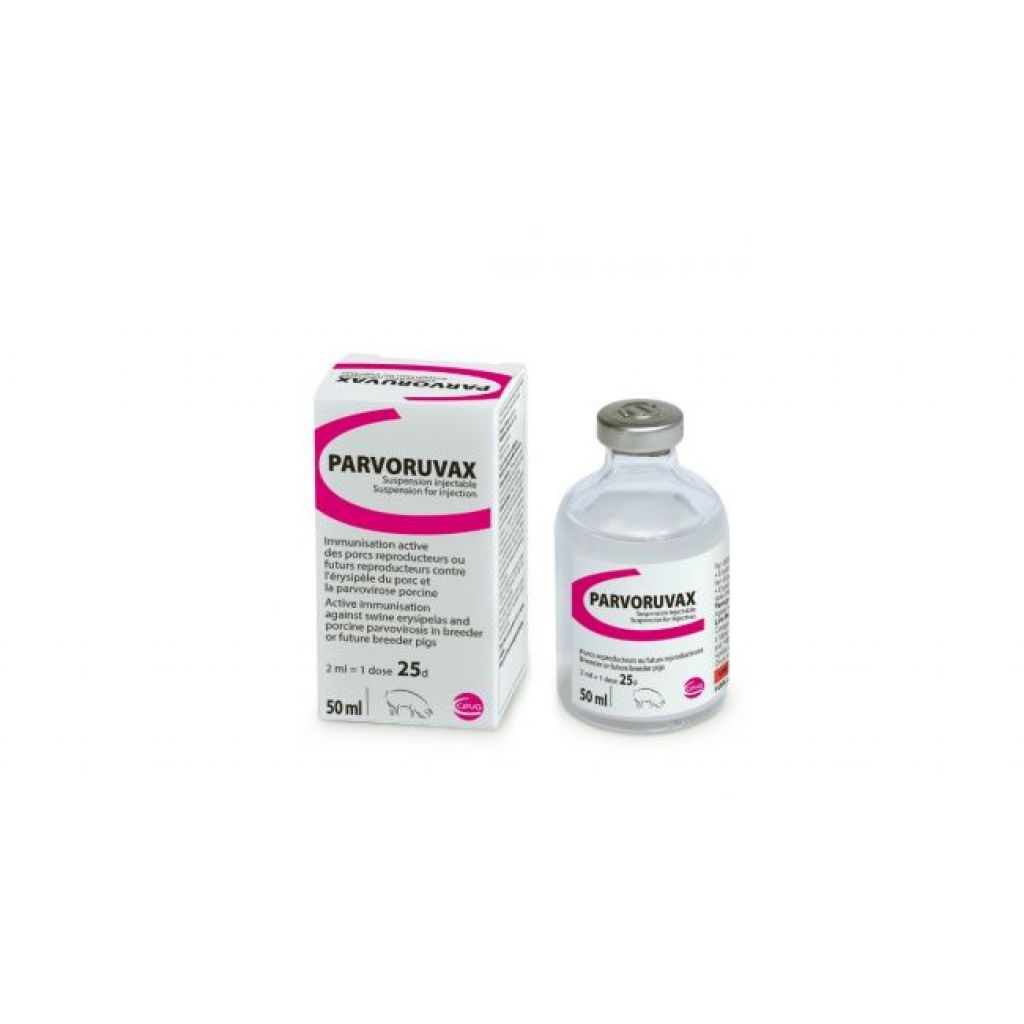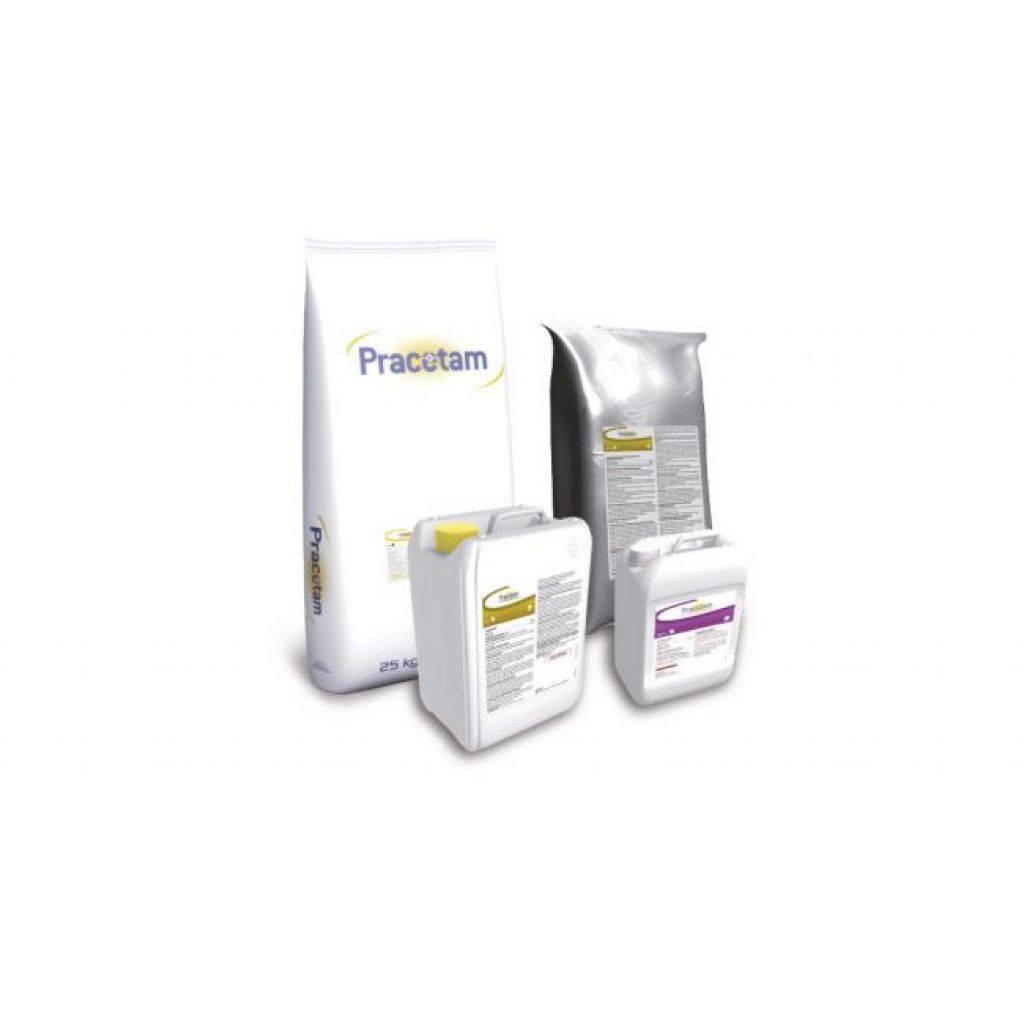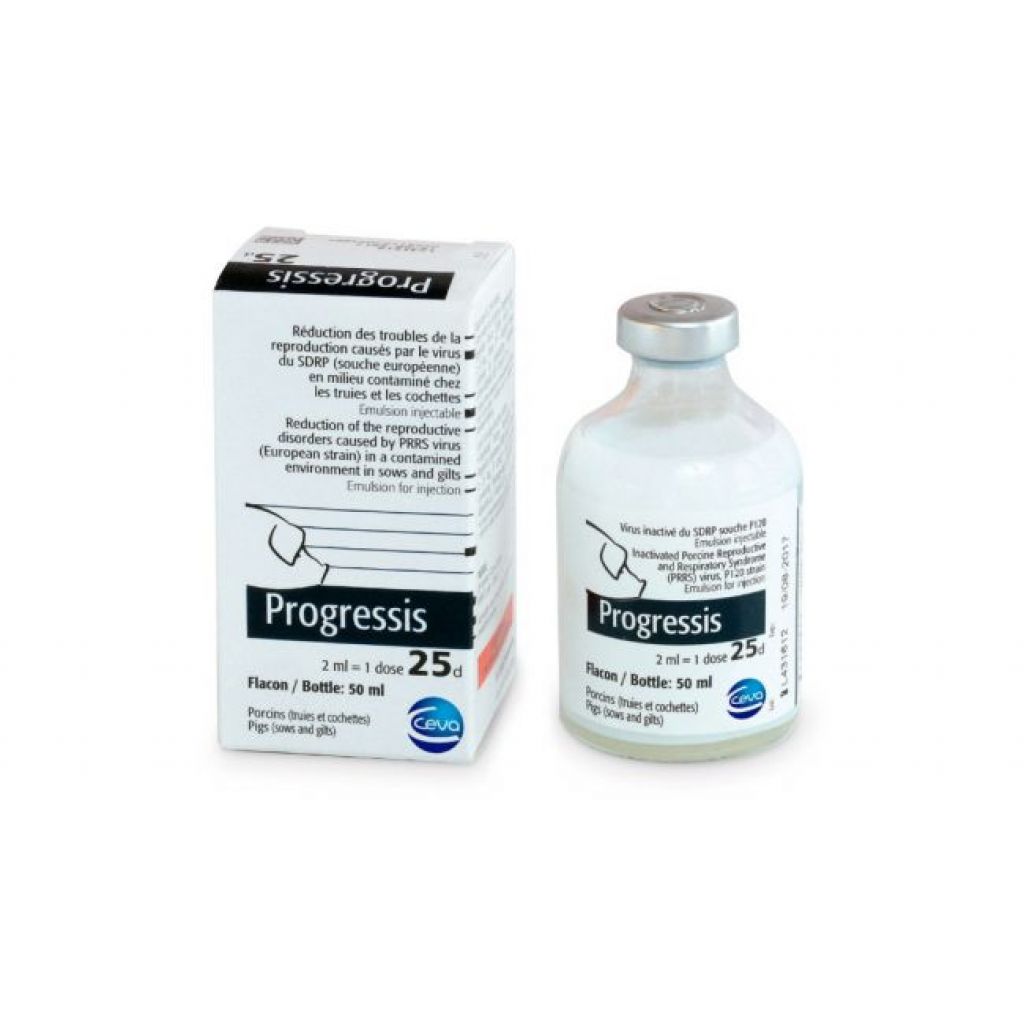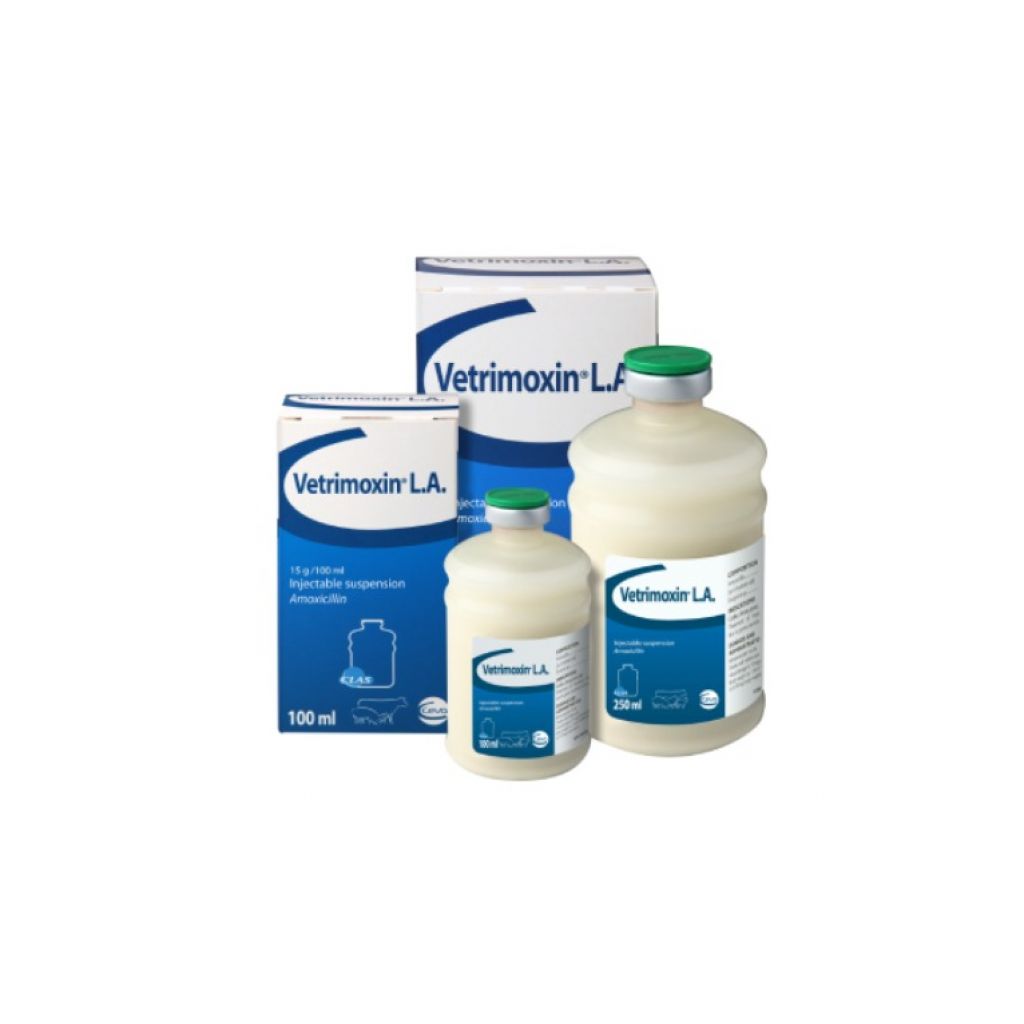Causes of Piglet Mortality in the Farrowing Unit (1/2)
The productivity of a pig herd is measured in terms of pigs (or kg) produced per sow per year. Piglet mortality saps your farm’s productivity right from the start. Furthermore, mortality in the farrowing unit remains the highest in the industry, compared to other stages. Pre-weaning mortality in piglets ranges from 10% to 20%, whereas it is 2.5% in the finishing stages (Muns et al. 2016).
In the womb, piglets are protected from a hostile environment; not even the best-designed farrowing pen can compete with the comforts of prenatal life. After farrowing, piglets need to adapt to completely new circumstances: temperature, suckling, competing with littermates, and a host of pathogens that attack their immature immune systems.
Failure to adapt quickly leads to death. With so many pressures, piglets usually die not from a single factor, but from a combination of causes. A subtle cause usually leads to a more evident one; for example, chilling leads to crushing. This is an important point because it is natural to want to address a visible cause while neglecting the underlying ones. However, piglet mortality should be understood as a whole.
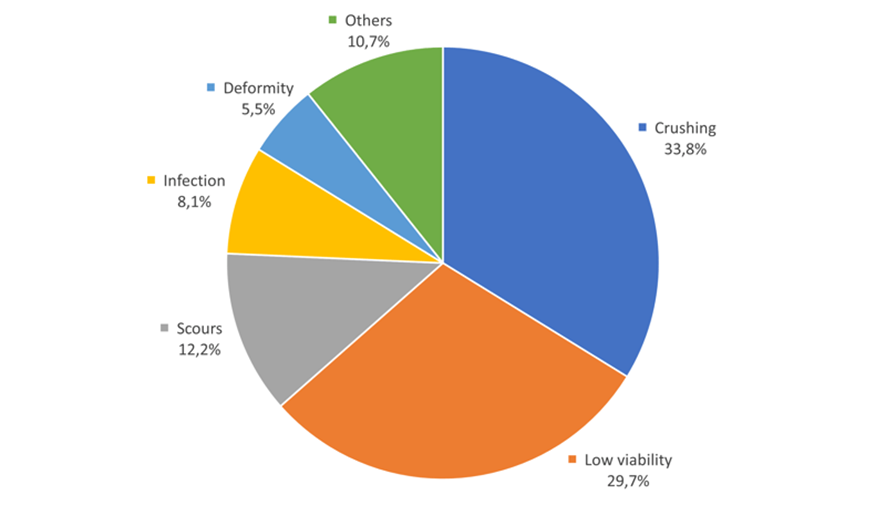
Figure 1. Causes of pre-weaning mortality from necropsy findings (adapted from Vaillancourt et al., 1990).
Sow crushing
By far, the most important, non-infectious cause of piglet mortality is sow crushing. Crushing occurs when the sow changes position. The most important sow behaviour that leads to crushing is rolling, followed by sit-to-lie and stand-to-lie repositioning. Crushing can also occur when a sow steps on a piglet and savaging has also been reported (Nicolaisen et al., 2019; Muns et al., 2016).
Maternal ability is an important sow factor in crushing. Because sows crush their piglets consistently over farrowing (Jarvis et al., 2005), records should be kept to inform culling and breeding decisions.
Piglet factors also influence crushing. In normal circumstances, piglets simply get out of the way of the sow. However, piglets that are failing to adapt will likely be torpid due to hypothermia, starvation, and lack of energy. Crushing is the result of a complex chain of events.
The environment also plays a role in crushing. The most obvious factor is the housing system. It is a well-established fact that farrowing crates that restrict the sows' movements significantly reduce crushing when compared to loose and group housing, and free-ranging (Hales et al., 2014). Nevertheless, sow crates have been one of the most controversial topics of debate in the pig industry. As sow welfare and ethical concerns come to the forefront, there is a push toward less restrictive housing systems. Nicolaisen et al., (2019) recently observed that most crushing deaths occur during the first 3 days post-farrowing.
Coccidiosis and scours
Within the infectious causes of pre-weaning piglet mortality, scours are by far the most significant. Piglet scours can be caused by viruses, bacteria, parasites, or a combination of the three.
Rotavirus is practically ubiquitous in pig farming. However, it has low mortality. On the other hand, Transmissible Gastroenteritis (TGE) and Porcine Epidemic Diarrhoea (PED) can devastate a farm.
TGE can cause 100% mortality in piglets from naïve herds!
The most significant bacteria that cause scours in the farrowing unit are Escherichia coli and clostridia. E. coli, the causative agent of colibacillosis, is probably the most common cause of scour in piglets. If treated, mortality is low, otherwise, it quickly leads to dehydration and death. Clostridiasis has a very high mortality rate; however, infections usually happen when there is poor management.
Coccidia (Isospora suis) is probably the most economically significant pathogen of piglets. It causes scour and usually has low mortality. Nevertheless, it leads to significant losses throughout the production process and, because it damages the gut lining, leaves the door open for the deadly clostridia.
Coinfections are quite common. We have already mentioned how coccidia and clostridia can help each other aggravate disease. Another common pathogen association is that of viruses and E. coli.
Neonatal diarrhoeas (scours) affect piglets at different times. To assist in diagnosis, it is crucial to know the timing of the scour and also develop an eye for the characteristics of the diarrhoea. We take a deep dive into piglet scours in this article.
Click here to discover CEVA products!
References
Muns, R., Nuntapaitoon, M., & Tummaruk, P. (2016). Non-infectious causes of pre-weaning mortality in piglets. Livestock Science, 184, 46-57. https://doi.org/10.1016/j.livsci.2015.11.025
Vaillancourt, J. P., Stein, T. E., Marsh, W. E., Leman, A. D., & Dial, G. D. (1990). Validation of producer-recorded causes of preweaning mortality in swine. Preventive Veterinary Medicine, 10(1-2), 119-130. https://doi.org/10.1016/S0749-0720(15)30711-8
Nicolaisen, T., Lühken, E., Volkmann, N., Rohn, K., Kemper, N., & Fels, M. (2019). The effect of sows’ and piglets’ behaviour on piglet crushing patterns in two different farrowing pen systems. Animals, 9(8), 538. https://doi.org/10.3390/ani9080538
Jarvis, S., D'Eath, R. B., & Fujita, K. (2005). Consistency of piglet crushing by sows. Animal welfare, 14(1), 43-51. https://www.ingentaconnect.com/content/ufaw/aw/2005/00000014/00000001/art00006
Hales, J., Moustsen, V. A., Nielsen, M. B., & Hansen, C. F. (2014). Higher preweaning mortality in free farrowing pens compared with farrowing crates in three commercial pig farms. Animal, 8(1), 113-120. https://doi.org/10.1017/S1751731113001869
Contact:
Contact us using the following form.

